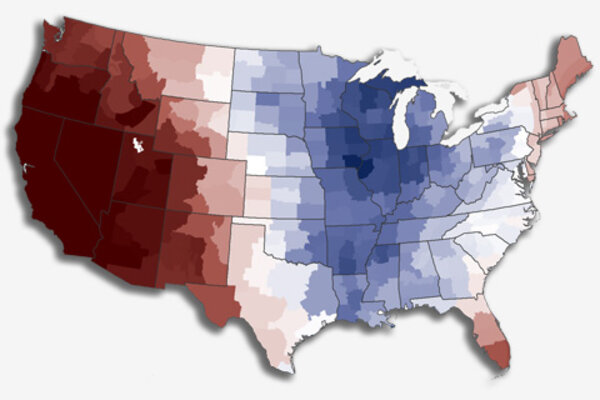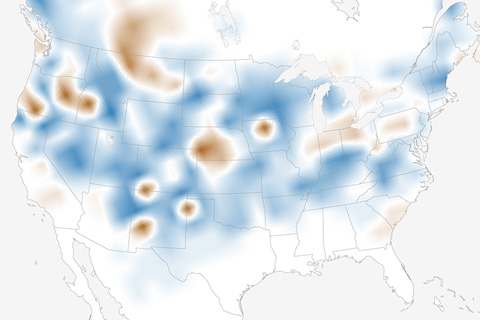
Just for fun, we asked the experts at the Rutgers Snow Lab to show us what their data (based on NOAA satellite images) had to say about whether the number of snow-covered days during the week of Christmas has changed at all across the U.S. in the past 50 years.
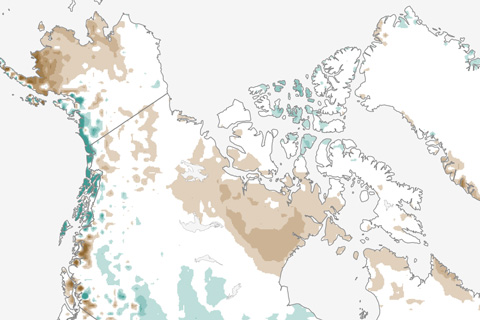
April snow extent was record low across Europe and Asia, and in June, the entire Northern Hemisphere was below average for the tenth year in a row. Spring snow is disappearing even more rapidly than Arctic sea ice in summer.
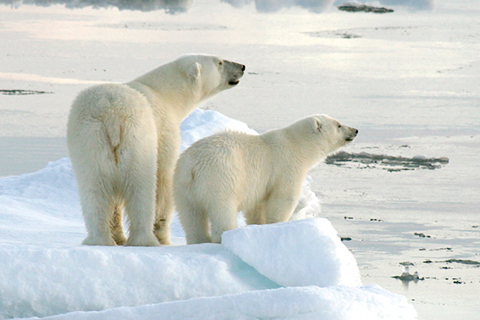
Sea ice changes are key to polar bear health and numbers. Only one of the evaluated groups is increasing. Several are stable; a few are already declining

Punctuating a trend of declining reflectivity, the Greenland Ice Sheet reflected less sunlight in August 2014 than it did in any previous summer on record.
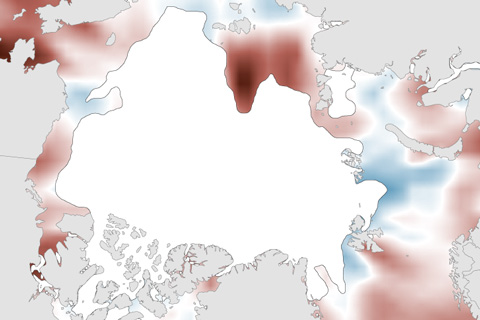
Compared to 2012’s extreme warmth, surface water temperatures were more moderate in summer 2014. Nevertheless, pockets of very warm temperatures existed.

The latest installment of NOAA's Arctic Report Card confirms that Arctic air temperatures are rising at more than twice the rate of the planet as a whole. This collection of images highlights some of the key changes in physical and biological conditions in the Far North.
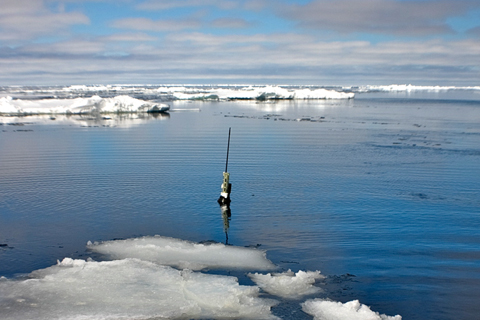
A worldwide network of Argo floats gives scientists an unprecedented understanding of the ocean depths. Argo floats descend and ascend through the top 2,000 meters of the ocean, collecting observations as they move.
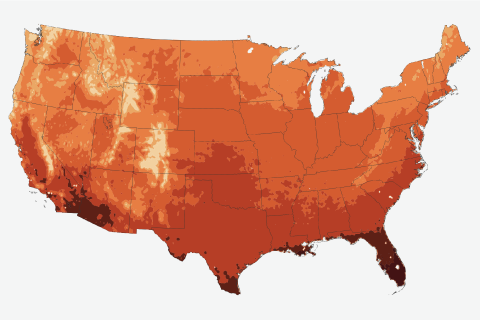
Warmer winters or hotter summers: which will have greater influence on U.S. energy demands this century?
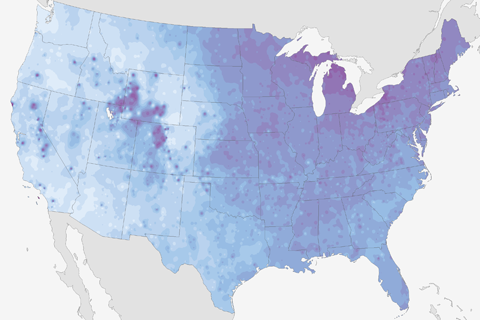
For some states, the coldest day of the year usually occurs near the start of winter, while for others it comes near the end. This map reveals when history says your state will have its coldest day of the year.
